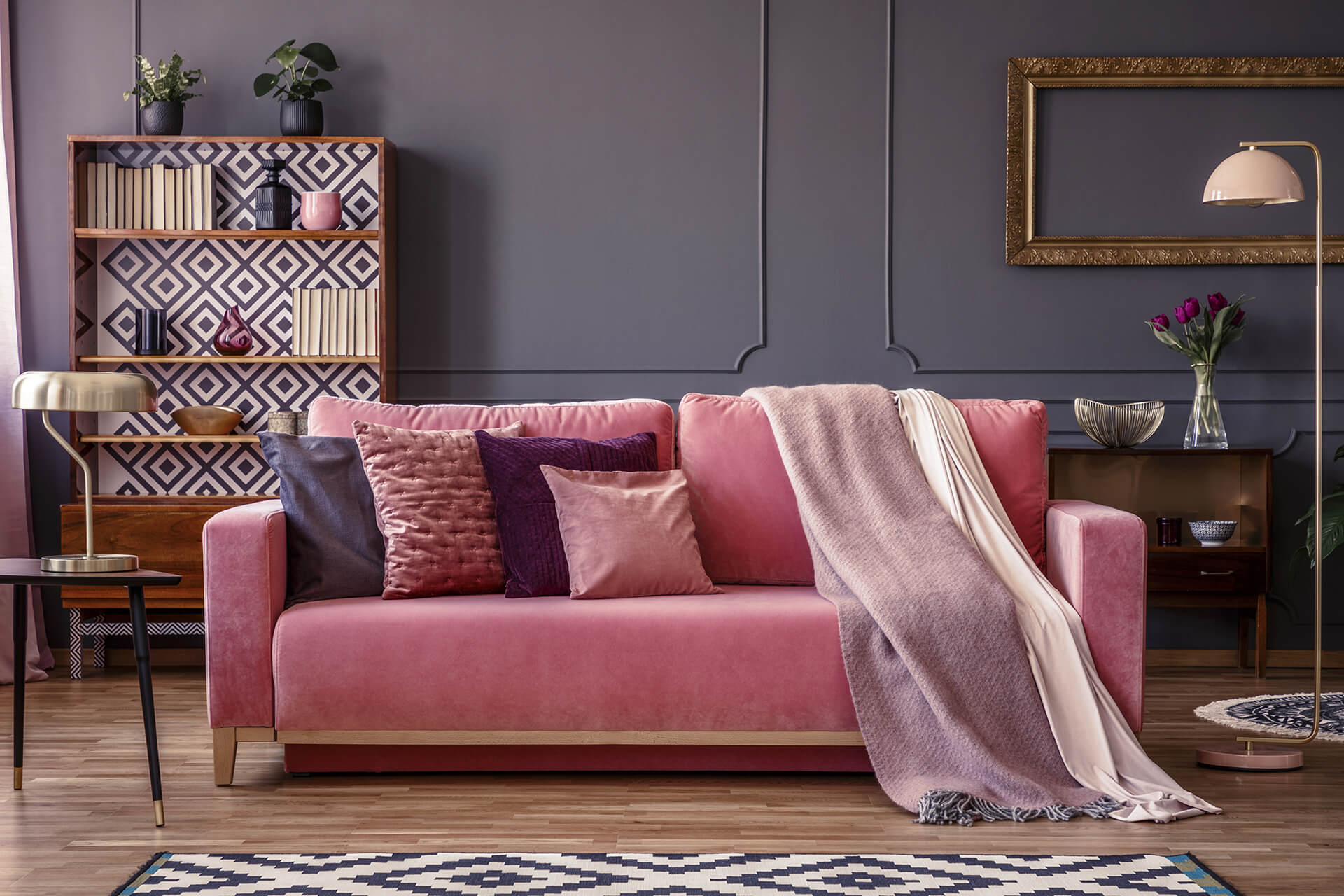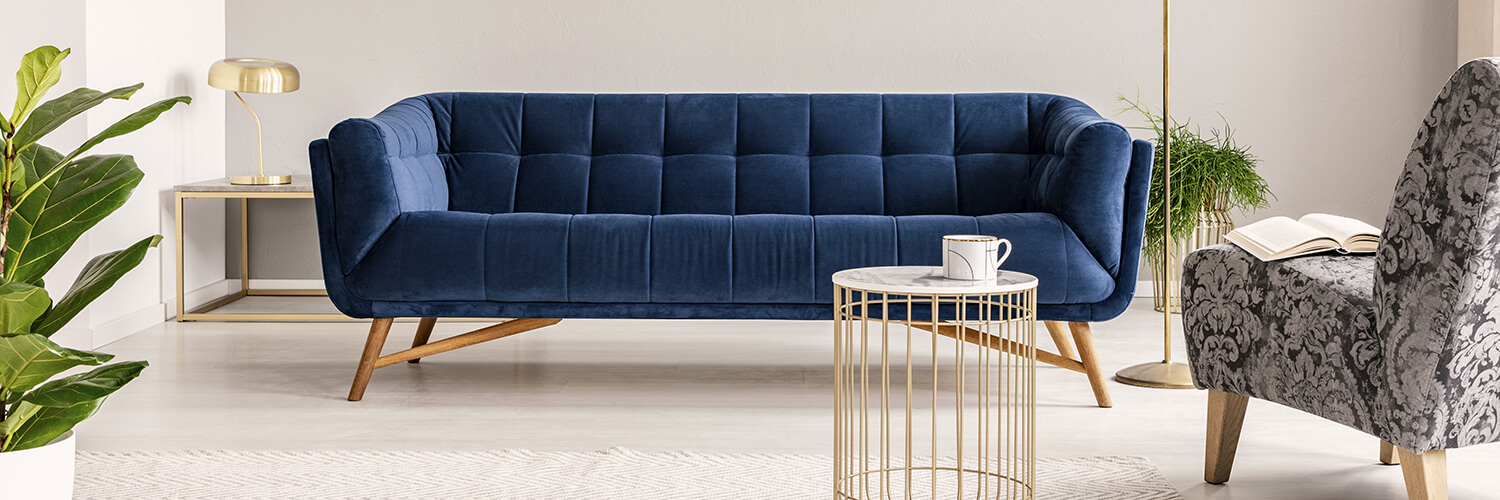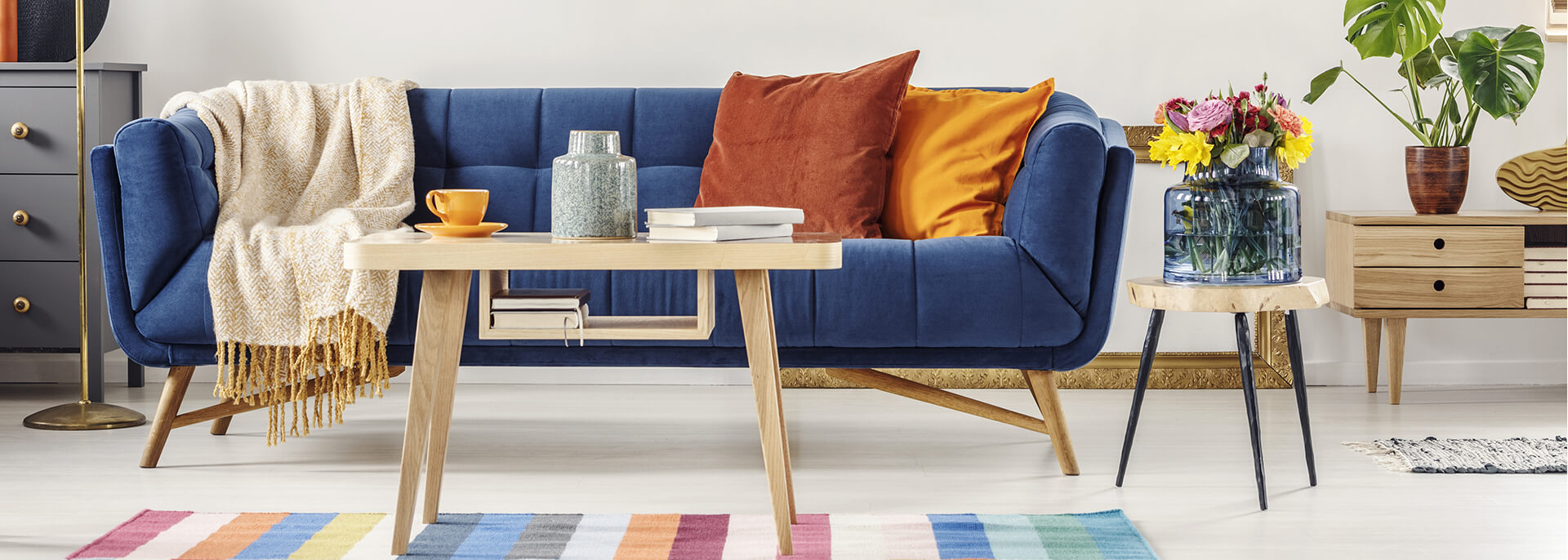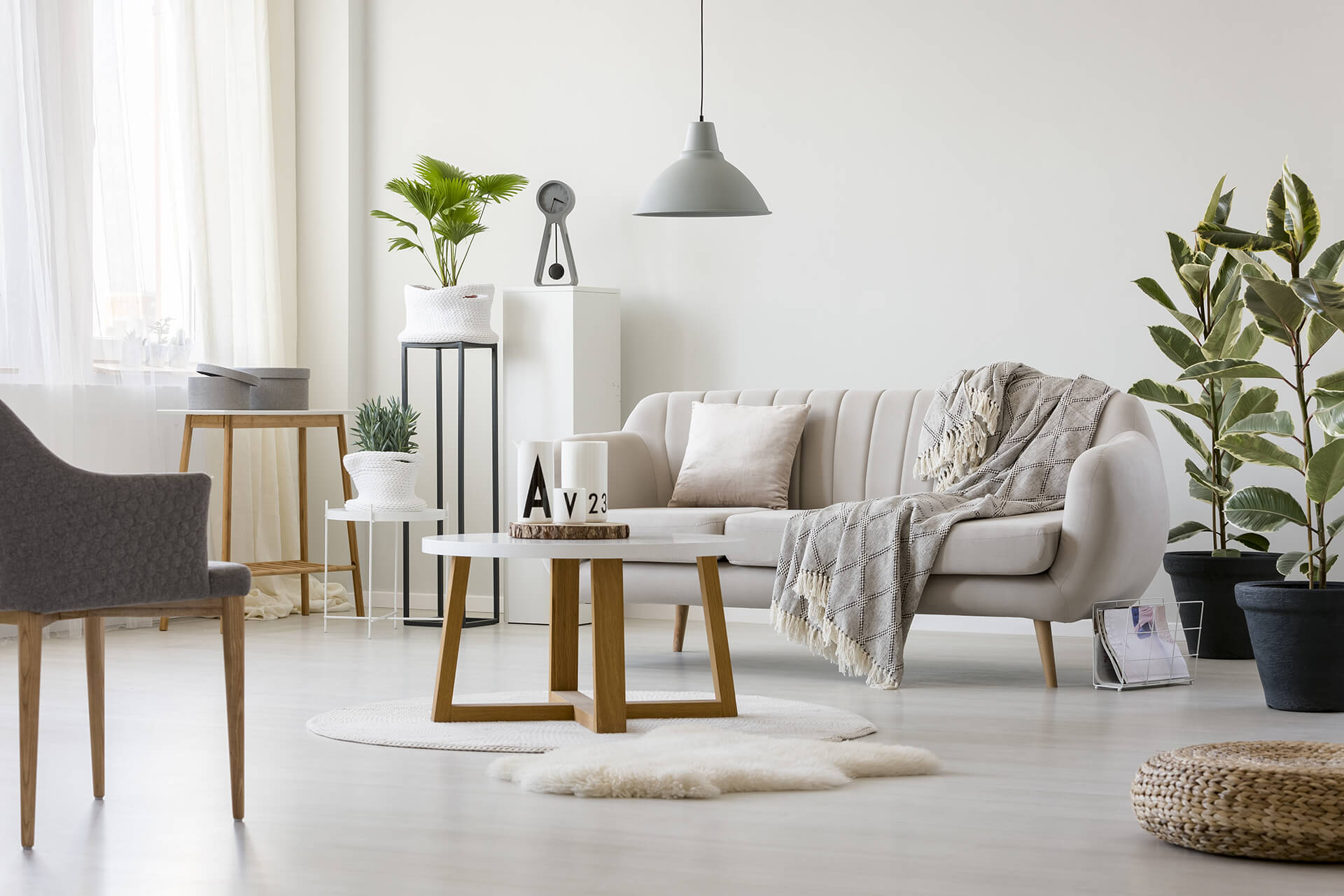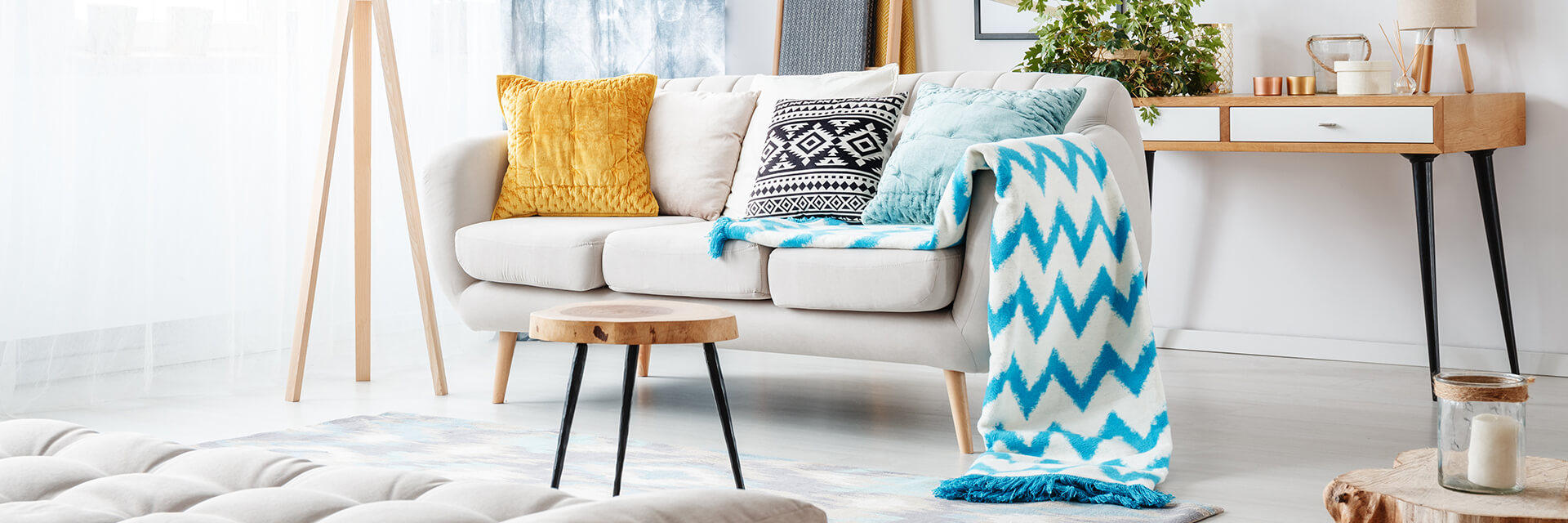The Sofa Situation: Choosing The Right Colour For Your New Couch
Most home décor dilemmas have at least a little to do with sofa selection. As the most prominent and most used piece of living room furniture, your sofa will contribute heavily to the overall ambiance of your home. Unlike smaller objects, accents and furnishings that follow in the footsteps of a room’s overall layout or colour palette, a sofa tends to set the rules and act as the focus of an interior scheme. As such, getting the look of your sofa right can be among the trickier aspects of your home decoration or remodelling exercise. Keep the following questions in mind as you mull over your couch colour options.
Functional furniture or statement piece?
Before diving into the tints and shades that will feature on your new sofa, take a moment to think about the purpose of the sofa itself. Would you like it to be a visual statement that instantly catches the eye, or do you picture it primarily as a comfortable piece of furniture that invites you to put your feet up? The former might direct you towards vivid colours or bold prints that have no qualms about stealing the spotlight. The latter could manifest in quieter shades that blend into their surroundings, using nothing but a subtle highlight or texture to announce their presence.
To harmonise or to complement?
Picture your sofa within the context of its setting. If you are looking to bring energy and interest to your living space, pick a colour that complements its surroundings. Complementary colours inhabit opposite ends of the colour wheel; pairings that are popular in interior design include blue and orange, red and green, and purple and yellow. A variety of pinks, blues, greens and purples can also be used to complement white, grey or beige surroundings.
Your sofa can also serve as a harmonising element in your living room. Choose a colour from the same family as the surrounding palette to create a sense of equilibrium. Such a monochromatic arrangement can enhance the perceived size of you room, especially when you work with light or muted shades that start approaching white. You can also take a middle path between synchrony and variety by combining colours that flank each other on the colour wheel – red and yellow, blue and teal, pink and purple, and so on.
Warm it up or cool it down?
The size and prominent setting of a sofa make its colour temperature rather important. A red, orange, yellow or mustard couch will instantly brighten up its surroundings, infusing your living room with vibrancy, energy or cheerfulness. Pink and rose-hued sofas have their own brand of warmth, bringing a delicate blush to their setting. Warm-hued sofas make excellent additions to rooms that don’t get much sunlight, and to spaces that feature cool or neutral palettes.
Cool colours like blue, green, turquoise and teal have calming attributes that are great for sofas set in relaxed, nap-friendly living rooms. You can deepen these colours into luxurious tones, or lighten them into serene pastels. Cool-coloured sofas can be balanced with warmer cushions, throws or surrounding accents. A similar balance can be achieved by picking a muted pink or purple shade for your sofa.
Lastly, what about versatility?
There is a place and a purpose for every warm and cool colour in the spectrum, but if all you want is fuss-free furniture that will lend itself to any number of remodels and layout changes, a neutral-coloured sofa could be the answer. White, cream, beige and grey sofas are always in demand for their ability to gel with practically any setting. Even darker earth tones like brown and black have the same property, though they carry more weight than their lighter neutral cousins. To top it all, you can always give a neutral-coloured sofa a brand new look with just a change of cushions or accents.

